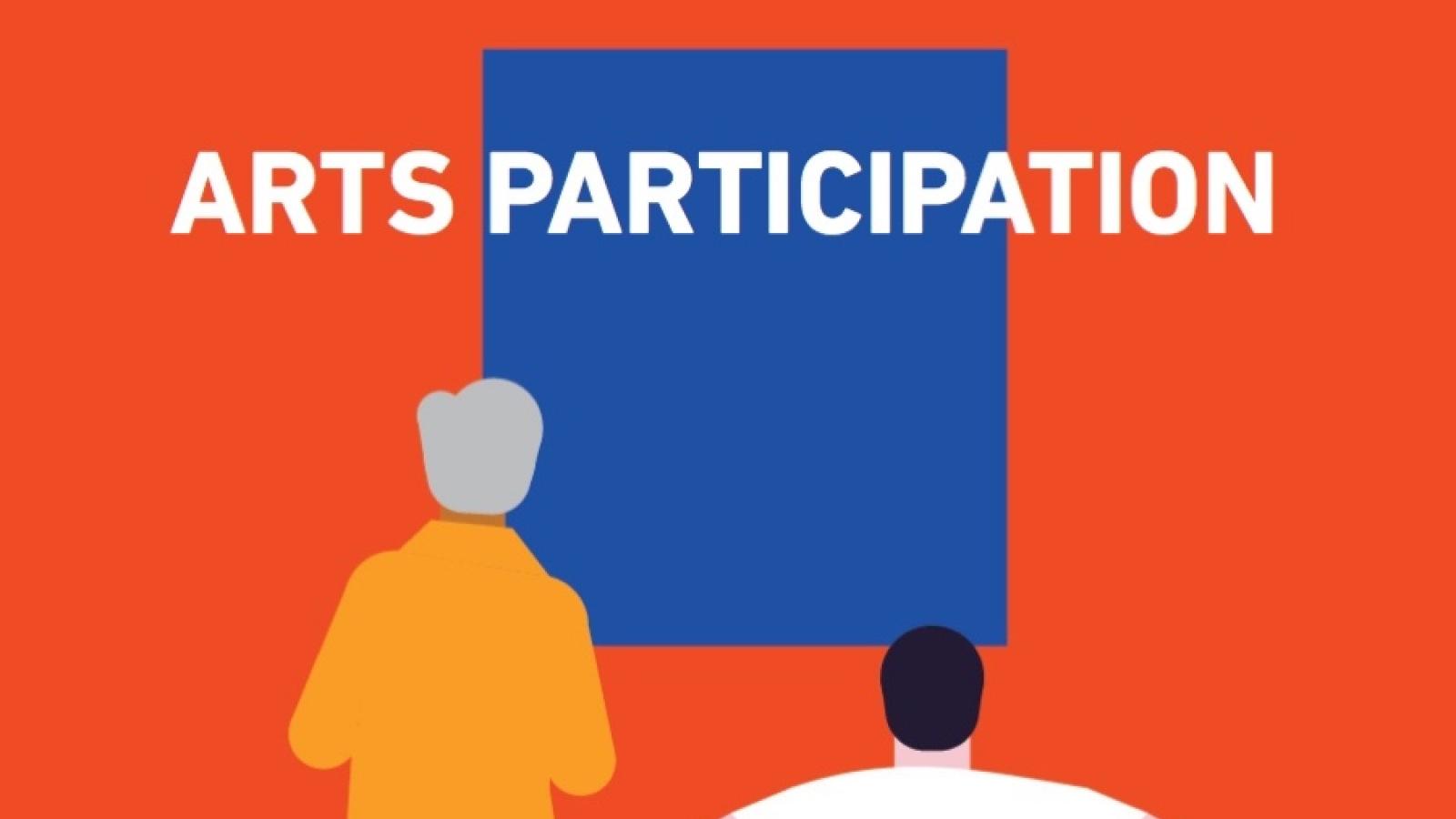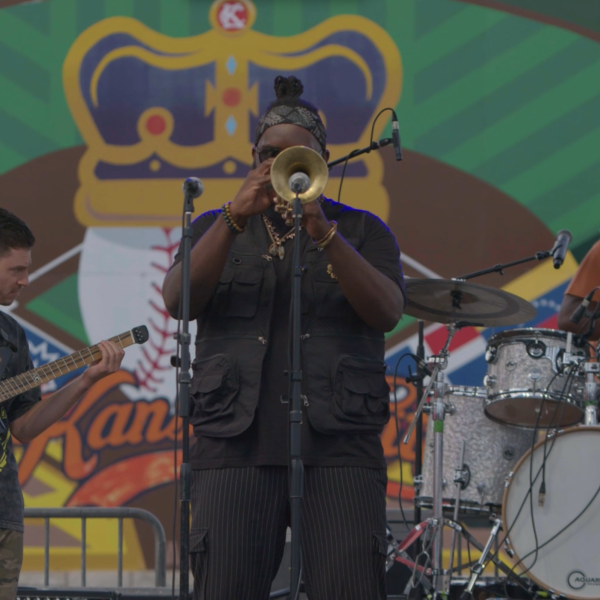Best of 2017: Taking Note: A Round-up of Arts Participation Research

In a recent journal article, Kenneth Elpus of the University of Maryland—the recipient of multiple NEA research grants—submits to closer inspection the long-observed correlation between adults’ previous levels of arts exposure (e.g., in childhood) and their likelihood to participate in the arts over time. “Rather than disengage from art-making and arts attendance upon graduation,” his study concludes, “students of school-based music and arts education were significantly more likely to create art in their own lives and to patronize arts events than were adults who lacked school-based music or arts education.” He points to “clear, consistent relationships between school-based arts education in various disciplines and later adult engagement as a performer or creator of the studied art.” These findings were obtained even after controlling for important socioeconomic and demographic variables. Elpus suggests that in our outcomes-obsessed climate, “lifelong engagement with music and the arts” surfaces as at least “one measurable outcome of school-based music education in the United States.”
Girija Kaimal, Drexel University, the recent recipient of a NEA Research Lab award and a recent Art Works blog contributor, has co-authored two articles from a perspective not captured by the SPPA questions alone: the vantage of arts therapy. In one study, she observes relatively high proportions of adults “using digital media for creating, archiving, and sharing their art.” These activities often reach sub-populations that tend to show lower rates of participation in more traditional arts activities, relative to the rates of other adults. “Especially with youth who are often familiar with apps and the languages of online tools, digital media might be particularly valuable to build a therapeutic alliance,” the authors write. Elsewhere, they note: “Given that large proportions of the U.S. population use the Internet to consume art and use digital media to create and share art, it is important to incorporate the discussion around digital media into the preparation and ongoing professional development of art therapists.”
In a second SPPA-based study, Kaimal et al. claim similar implications for using craft activities in arts therapy. Their findings show “a greater prevalence of craft-based practices compared with fine arts media, as well as, distinct differences in arts participation based on gender, ethnicity, and income levels.” They write: “Hobby crafts are often minimized as being lesser than fine arts activities; however, this preconception needs to be reconsidered in the context of art therapy and artistic practice.”
In a working paper resulting from a NEA research grant, Donald Polzella and Jeremy Forbis, University of Dayton, examined the 2012 SPPA results in tandem with the 2012 General Social Survey’s arts module. Seeking to quantify what they call some “intrinsic” benefits of arts participation, Polzella and Forbis find that adults who attend live arts events “are more likely to engage in pro-social behaviors (e.g., making charitable donations or volunteering, attending community meetings or voting),”a relationship “irrespective of the artistic domain.” They also posit that “the link between exposure to the arts and pro-social behavior is based on the social characteristics of the encounters, e.g., shared group identity, familiarity with performers or artists, multimodal sensory experience, etiquette, venue, and customs or rituals.” And they show that “individuals who are exposed to the arts through the Internet are also more likely to engage in pro-social behavior,” which finding suggests that “live and media presentations are mutually reinforcing.”
The Los Angeles County Arts Commission has prepared a helpful review of arts participation research literature, which perforce refers heavily to the SPPA questionnaire construct—often as a point of departure. But what could be more redundant than to summarize a summary? So I’ll stop here.




